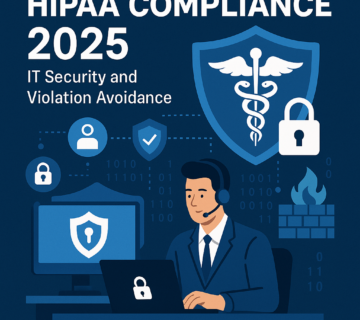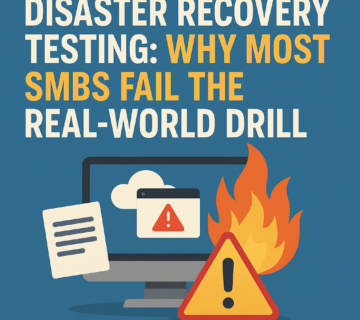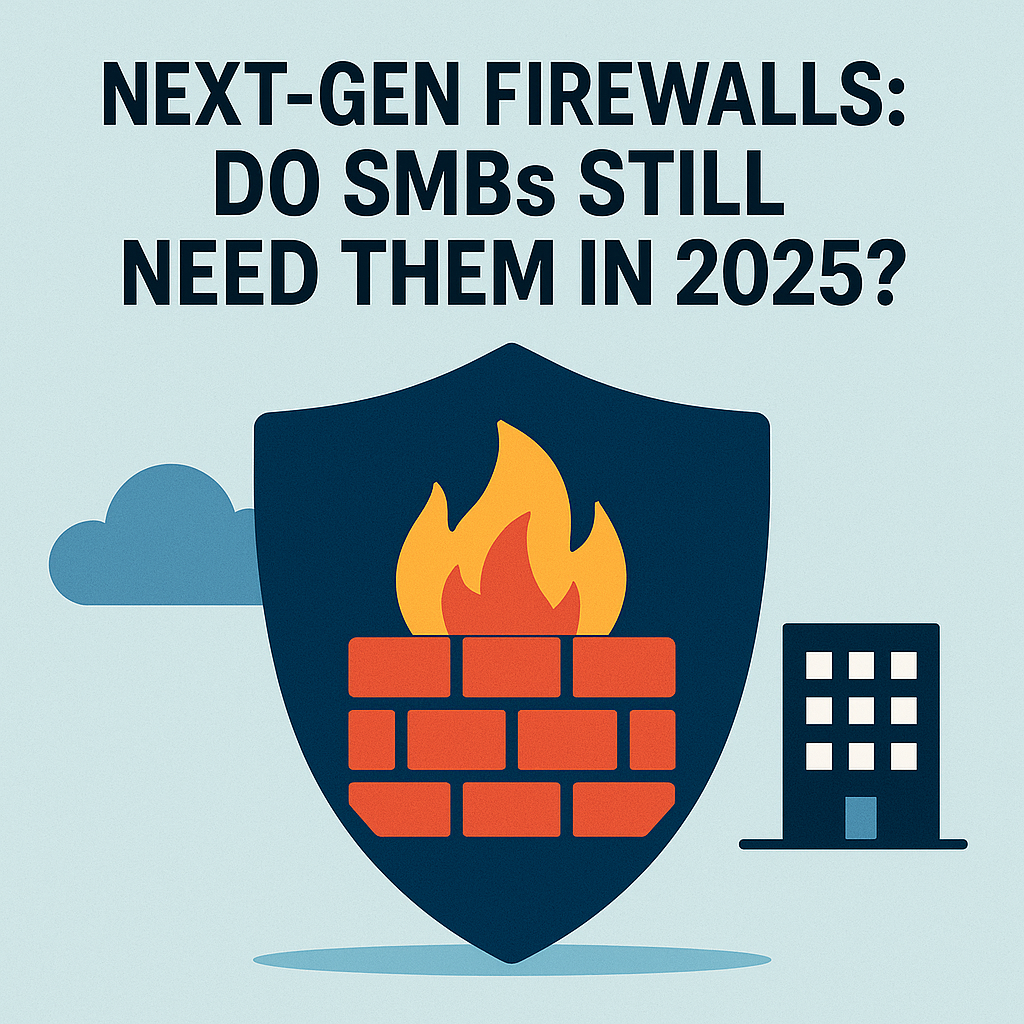Historic Great Firewall Breach – 500GB+ Censorship Data Exposed
🎙️ Dive Deeper with Our Podcast!
Great Firewall Breach: Censorship Data and Countermeasures
👉 Listen to the Episode: https://technijian.com/podcast/great-firewall-breach-censorship-data-and-countermeasures/
In September 2025, the cyber world witnessed a jaw-dropping event. A massive leak, exceeding 500 gigabytes, unveiled internal files from China’s Great Firewall infrastructure. This wasn’t just another data leak—it was a historical rupture in the digital iron curtain. What poured into public view included internal source code, configuration files, traffic monitoring data, and the very technical DNA of one of the world’s most expansive surveillance systems.
This article explores what the breach reveals, how technicians and cybersecurity professionals can help interpret and respond to it, and what this means for global digital freedom. We’ll also dive into the organizational structures behind China’s censorship regime and highlight the critical role of technical experts in deciphering, mitigating, and leveraging the insights from this event.
How the Great Firewall Breach Happened
The breach was not some random fluke or unintentional slip-up. It appeared methodically curated, suggesting that a highly knowledgeable insider or a meticulous external operator gathered the data over an extended period. The dataset contained emails, work logs, technical manuals, Visio diagrams, and real-time traffic logs. This comprehensive snapshot unveiled how China’s censorship machine ticks—from data interception techniques to behavioral analysis models.
Notably, packet captures and blackhole routing tables were part of the leak. These revealed how traffic gets intercepted, redirected, or blocked without alerting users. Excel files documented VPN identifiers, DNS query patterns, SSL certificate fingerprints, and even heuristic behavior profiles for popular proxy tools. This wasn’t just about what was censored—it was about how it was censored.
What Technicians Can Learn from the Breach
This breach offers a goldmine of information for technicians, researchers, and analysts. The sheer volume of technical content allows them to:
- Study DPI (Deep Packet Inspection) modules to understand how VPNs and encrypted traffic were detected.
- Reverse-engineer network policies, including rule propagation delays and policy inconsistency across regions.
- Identify security lapses in how such a complex infrastructure was managed and how large-scale data could be exfiltrated.
- Map user metadata, which exposes the internal human infrastructure, naming conventions, and departmental structures.
The data even included sandbox environments used for analyzing evasion tools like Shadowsocks, V2Ray, and Psiphon—indicating active research into how censorship tools can be bypassed and countered.
Technicians’ Role in Interpreting the Leak
Technicians play a multi-dimensional role in extracting value and implementing lessons from the breach:
Digital Forensics and Analysis
Experts can comb through logs, packet captures, and metadata to trace operational practices. They assess how censorship decisions were made, how quickly they were implemented, and which technologies enabled or failed those efforts.
Infrastructure Hardening
By understanding the flaws in China’s censorship model—such as delays in policy updates or lapses in heuristic detection—technicians can design more resilient, secure systems that are resistant to similar issues.
Tool Development and Bypass Systems
Knowledge of what detection signatures are being used against VPNs or proxy traffic helps developers enhance anti-censorship tools. Understanding the fingerprinting of SSL certs, for instance, can aid in avoiding detection altogether.
Organizational Intelligence Mapping
The metadata revealed user accounts, author names, and department hierarchies. Technicians and security researchers can build intelligence profiles to understand which entities within China’s telecom and research sectors were managing these systems.
What the Breach Means for Global Security
The ramifications stretch far beyond China. Many authoritarian regimes look to China as a blueprint for digital control. If this blueprint has now been exposed, defenders worldwide gain a rare advantage in building countermeasures.
Moreover, the leak revealed that China’s censorship model is being packaged and exported. Labeled as “Censorship-as-a-Service,” countries such as Myanmar, Kazakhstan, Ethiopia, and Pakistan reportedly received components of this system. This commodification of censorship is deeply concerning and underscores the urgency for technicians and policymakers to act.
Preventing Future Breaches: Technicians on the Frontline
No system is perfect, but many failures in this breach were preventable. Here’s how technicians can prevent such massive leaks:
- Implement strict access control with audit trails and least privilege permissions.
- Segment networks so that one compromised node doesn’t expose terabytes of critical data.
- Use data loss prevention (DLP) systems to detect abnormal data transfers.
- Encrypt sensitive backups and monitor archive creation in build systems.
- Regularly audit internal communications, code repositories, and user access levels.
- Create honeypots and sandboxed environments to detect insider threats and unusual behavior.
By embedding these practices, technicians can dramatically reduce the likelihood and impact of similar data breaches in the future.
Inside the Technical Arsenal of the Great Firewall
Here’s a quick snapshot of the components technicians found within the breach:
| Component | Description |
| Deep Packet Inspection | Used to inspect encrypted traffic and detect evasion tools |
| Traffic Shaping Modules | Redirect or drop traffic based on heuristics |
| VPN Detection Lists | IPs, fingerprints, and traffic patterns linked to VPN usage |
| DNS Filtering Systems | Identify and block DNS queries to sensitive domains |
| SSL Certificate Analysis | Analyze SSL handshake patterns to detect proxy tools |
| Metadata Author Trails | Document authorship and revision history revealing internal actors |
Each of these tools tells a story—about how digital censorship operates, who maintains it, and how to fight it.
Implications for Censorship Resistance Tools
The data exposed how Chinese censorship engines detect and target tools like Tor, Psiphon, Shadowsocks, and V2Ray. With this knowledge, developers can:
- Modify tools to evade existing detection patterns.
- Improve obfuscation and randomization in traffic.
- Introduce polymorphic behaviors to avoid signature-based detection.
- Enhance distributed routing to avoid centralized traffic bottlenecks.
This knowledge arms the digital freedom community with the very data needed to refine their tools and strategies.
Challenges Faced by Technicians in Responding
Despite the abundance of data, technicians face several hurdles:
- Volume and complexity: Sorting through 500GB of mixed data types is not easy.
- Legal boundaries: There are ethical concerns and legal limitations when dealing with leaked data.
- Verification issues: Some files might be corrupted or forged, making cross-referencing essential.
- Security risks: Investigating sensitive data comes with the risk of malware or other embedded threats.
Still, for those equipped with the right skills, the leak offers a once-in-a-generation learning opportunity.
Technijian’s Role in Enhancing Cybersecurity Response
Technijian, as a leader in managed IT and cybersecurity services, plays an essential role in helping organizations process and act on insights like those from the Great Firewall breach. Their services help organizations to:
- Conduct forensic investigations on large-scale data breaches.
- Audit and redesign network architectures to close critical vulnerabilities.
- Implement real-time data leak detection and prevention.
- Provide expert consultation on VPN, proxy, and DNS filtering systems.
- Train internal IT teams on advanced cyber threat mitigation strategies.
- Strengthen organizational resilience through 24/7 managed detection and response.
Technijian bridges the gap between complex cybersecurity challenges and actionable enterprise solutions—ensuring that businesses, NGOs, and public institutions stay protected in an increasingly surveillance-heavy world.
FAQs
What was exposed in the Great Firewall breach?
The breach exposed over 500GB of internal Chinese censorship data, including source code, operational logs, configuration files, and user metadata.
How did the breach likely occur?
Experts believe it was either an insider leak or a long-term, external data exfiltration campaign, given the curated and organized nature of the files.
What can technicians learn from this breach?
They gain insights into how censorship systems detect VPNs, analyze traffic, propagate rules, and manage surveillance infrastructure.
Why is this leak globally significant?
It reveals not only the architecture of China’s censorship regime but also its export to other countries, posing a wider threat to internet freedom.
How does Technijian help in situations like this?
Technijian offers end-to-end cybersecurity services, including forensic analysis, infrastructure audits, breach prevention, and 24/7 threat detection.
Can organizations use the leaked data to improve their security?
Yes, when done ethically and legally, organizations can study the breach to identify patterns, weaknesses, and strategies to improve their own resilience.
Conclusion
The Historic Great Firewall Breach is more than a data leak—it’s a digital earthquake that has shifted the ground under censorship and surveillance worldwide. For technicians, it offers a chance to learn, to build, and to lead. For freedom advocates, it provides insight into defeating the tools of repression. And for global institutions, it’s a wake-up call to invest in secure infrastructure, ethical design, and international collaboration.
About Technijian
Technijian is a premier Managed IT Services provider in Irvine, specializing in delivering secure, scalable, and innovative AI and technology solutions across Orange County and Southern California. Founded in 2000 by Ravi Jain, what started as a one-man IT shop has evolved into a trusted technology partner with teams of engineers, AI specialists, and cybersecurity professionals both in the U.S. and internationally.
Headquartered in Irvine, we provide comprehensive cybersecurity solutions, IT support, AI implementation services, and cloud services throughout Orange County—from Aliso Viejo, Anaheim, Costa Mesa, and Fountain Valley to Newport Beach, Santa Ana, Tustin, and beyond. Our extensive experience with enterprise security deployments, combined with our deep understanding of local business needs, makes us the ideal partner for organizations seeking to implement security solutions that provide real protection.
We work closely with clients across diverse industries including healthcare, finance, law, retail, and professional services to design security strategies that reduce risk, enhance productivity, and maintain the highest protection standards. Our Irvine-based office remains our primary hub, delivering the personalized service and responsive support that businesses across Orange County have relied on for over two decades.
With expertise spanning cybersecurity, managed IT services, AI implementation, consulting, and cloud solutions, Technijian has become the go-to partner for small to medium businesses seeking reliable technology infrastructure and comprehensive security capabilities. Whether you need Cisco Umbrella deployment in Irvine, DNS security implementation in Santa Ana, or phishing prevention consulting in Anaheim, we deliver technology solutions that align with your business goals and security requirements.
Partner with Technijian and experience the difference of a local IT company that combines global security expertise with community-driven service. Our mission is to help businesses across Irvine, Orange County, and Southern California harness the power of advanced cybersecurity to stay protected, efficient, and competitive in today’s threat-filled digital world.





